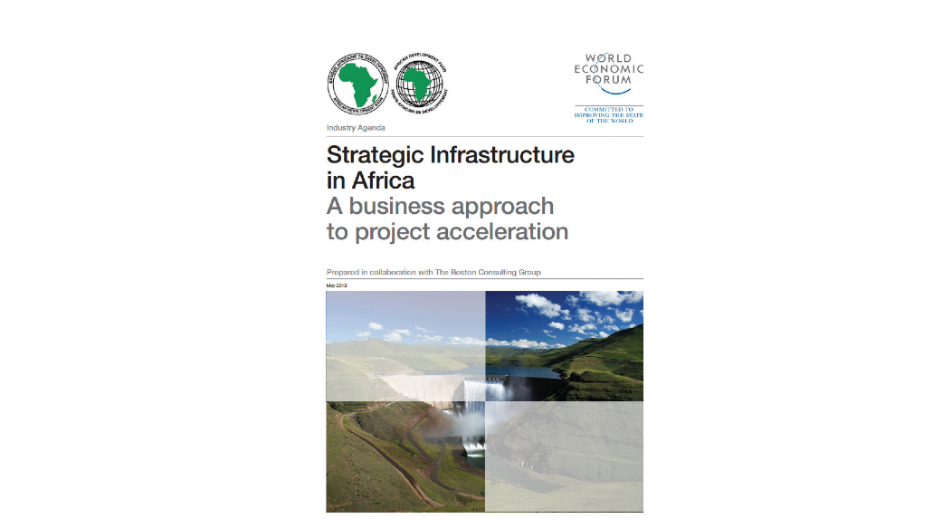Publications
Filter by
500 results found
The Investment Management Standard (IMS) Guide provides good practice to support the government to identify and select the investments that provide the most benefit to society.

The investment life cycle and High Value High Risk (HVHR) Framework (life cycle guidelines) apply to all government departments in the state of Victoria and support the development of business cases for capital investments.

This OECD paper provides a stocktake of investor practices and adoption of Environmental, Social, and Governance (ESG) in their investment processes.

This publication outlines the current efforts of the Asian Development Bank to promote sustainable infrastructure in Asia and the Pacific, looking at how lives can be improved with regards to infrastructure in the energy, transport, water & waste, communcations technology areas.


The Investing in Canada Infrastructure Program is one way the Government of Canada is delivering funding to communities through the Investing in Canada Plan.


This policy brief outlines promising ideas to attract instiutional investors to pay for infrastructure they have not convinced pension funds or affluent individuals to invest, especially in emerging economies with untested issuers, The “tax-kicker” bond being proposed here could solve this issue.

This document carries out analysis in several countries to identify the role of small-scale providers (SSP) of water and sanitation services, as well as why these small scale providers exist and their experiences in Peru.

This resource consists of a variety of options available to address the principle as applicable to the particular circumstances of a project.

Interactive Tendering Guidelines (“Guidelines”), prepared for the Construction Leadership Group (“CLG”) developed to inform government and industry of best practice interactive tendering.

The InterAmerican Development Bank´s Sustainable Infrastructure Framework aims to help foster shared understanding of the key dimensions and attributes of sustainable infrastructure. The IDB Framework was adapted to Mexico after a thorough analysis of Mexico’s national development strategy and infrastructure investment priorities, in close collaboration with relevant stakeholders.

This publication examines the direct and indirect benefits of public investment if carried out in a clean and efficient manner. It provides a Framework for Integrity in Public Investment, mapping out risks of corruption at each phase of the investment cycle. It also identifies tools and mechanisms to promote integrity in the public investment cycle and provides examples of their successful implementation in both the public and private sectors.


These guidelines define the assurance options to be undertaken for a major project, such as: Project Validation Review (PVR) for a major policy initiative, OGC Gate 0 for major programs and more.




This paper provides a comprehensive overview of the issues, policies, and political economy of infrastructure investment, and a review of empirical literature of the relationship between growth and infrastructure within Asia.

This book combines thematic and country studies, while breaking new ground in quantifying infrastructure's impact on Asia's trade costs.

Drawing on examples and case studies, this report aims to provide a framework to optimise existing infrastructure assets and build new resilient infrastructure, including new strategies capable of ensuring quality and performance over the asset life-cycle.


This report presents a selection methodology that proposes a common language with clear economic, technical, social and regional criteria to identify infrastructure projects with the potential for acceleration.


A Dedicated initiative co-curated by Small Island Developing States (SIDS) and CDRI partners to promote resilient, sustainable, and inclusive infrastructure development in SIDS

A series of methodologies and tools based on the evidence-based infrastructure (EBI) approach, helping governments assess and improve their capacity to plan, deliver and manage infrastructure systems.

This book discusses in detail the issues and challenges associated with infrastructure connectivity in Asia.



